No products in the cart.
We deliver to
🇺🇸 USA · 🇨🇦 Canada · 🇮🇹 Italy · 🇵🇱 Poland · 🇮🇪 Ireland ·
🇬🇧 United Kingdom · 🇳🇿 New Zealand · 🇯🇵 Japan · 🇨🇭 Switzerland ·
🇮🇱 Israel · 🇲🇽 Mexico · 🇦🇺 Australia · 🇨🇿 Czechia · and more
We deliver to
🇺🇸 USA · 🇨🇦 Canada · 🇮🇹 Italy · 🇵🇱 Poland · 🇮🇪 Ireland ·
🇬🇧 United Kingdom · 🇳🇿 New Zealand · 🇯🇵 Japan · 🇨🇭 Switzerland ·
🇮🇱 Israel · 🇲🇽 Mexico · 🇦🇺 Australia · 🇨🇿 Czechia · and more
Dolobene gel tube 20 g
$20.86
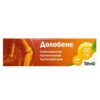
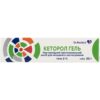
Ketorol gel 2% tube 30 g
$20.20
[category_image]
Dolobene gel tube 100 g
$39.01
Dolobene gel relieves inflammation, pain, swelling, improves tissue healing, and acts as a local anticoagulant for injuries and musculoskeletal pain.
Categories: Pain relief
Brand: Teva
Pharmacological properties
Pharmacodynamics.
Dimethyl sulfoxide (DMSO). DMSO has anti-inflammatory, local analgesic and anti-edematous effects. The anti-inflammatory effect is based on several pharmacological effects, the main of which is the inactivation of hydroxyl radicals, which are formed in large quantities during inflammation and lead to tissue destruction.
DMSO has a local analgesic effect, reducing the speed of conduction of excitatory impulses in peripheral neurons. The anti-edematous effect is explained by the inactivation of hydroxyl radicals and the resulting improvement of metabolic processes in the focus of inflammation. The hygroscopic properties of DMSO are also partly responsible for this.
Heparin. Heparin competitively inhibits the activity of hyaluronidase, which in turn prevents excessive degeneration of connective tissue during inflammation. Thus, heparin has an anti-inflammatory effect and promotes healing. In addition, heparin has a dose-dependent antithrombotic effect, significantly increasing the inhibitory effect of antithrombin III on the activation of prothrombin and thrombin.
Dexpanthenol. When applied topically, dexpanthenol is converted in the skin into pantothenic acid – a vitamin of group B. Dexpanthenol has the same biological effectiveness as pantothenic acid. Pantothenic acid, which is part of coenzyme A, enters into various reactions of formation and decomposition in all tissues and promotes the processes of regeneration during wound healing and epithelialization.
Pharmacokinetics
Dimethyl sulfoxide (DMSO). DMSO is present in human blood plasma as a natural substance at a concentration of about 40 ng / ml. After a single application of 1.5 g of Dolobene gel to a skin surface area of 400 cm 2, DMSO is absorbed with a half-life of 3-4 hours. 6 hours after application, the concentration in blood plasma reaches a plateau (about 120 ng / ml), and remains at this level for up to 12 hours after application. T ½ DMSO from blood plasma is 11-14 hours. 60 hours after application, the required endogenous concentration in blood plasma is restored.
12-25% of DMSO is excreted in the urine within the first 24 hours and 37-48% within 7 days as unchanged DMSO or as the main metabolite, dimethylsulfone (DMSO 2 ). 3.5-6% of the total DMSO dose is exhaled by the lungs within 6-12 hours after administration as dimethyl sulfide (DMS).
Heparin. Penetration of heparin through healthy skin is dose-dependent and has been confirmed for dosages from 300 IU/h.
There are no pharmacokinetic data for heparin after application to the skin.
Dexpanthenol. Dexpanthenol is absorbed faster than pantothenic acid. The rapid absorption of dexpanthenol has been confirmed experimentally.
Indication
- Injuries (including sports), hematomas, damage to muscles, periarticular structures or joints (without skin lesions); tendinitis, tendovaginitis, bursitis, scapuloscapular periarthritis and epicondylitis of the shoulder (pathological basis of the clinical syndrome “tennis elbow”); acute neuralgia.
Application
The gel is applied in a thin layer (for example, a 3 cm long column is used for an area the size of which corresponds to the projection of the knee joint) on the affected areas and / or around them (for abrasions), evenly distributed over the skin surface with light rubbing movements 2-4 times a day. When applying bandages with DOLOBENE gel, a breathable dressing is used only after most of the gel has penetrated the skin and the alcohol included in the preparation has evaporated (several minutes). When using iontophoresis, the gel is applied under the cathode, taking into account the anionic properties of heparin, which is part of DOLOBENE. During phonophoresis, the drug, due to its good contact properties and the content of active substances, complements the physiotherapeutic effect of ultrasonic waves. The duration of the course of treatment with DOLOBENE is individual and depends on the severity of the disease, as well as on the effectiveness of therapy.
Contraindication
Hypersensitivity to the components of the drug; severe liver and kidney dysfunction; unstable hemodynamics; severe disorders of the cardiovascular system (severe angina, myocardial infarction, stroke, severe general atherosclerosis); bleeding trophic ulcers of the legs, open and / or infected wounds, hemorrhagic diathesis, purpura, thrombocytopenia, hemophilia, tendency to bleeding; comatose states, glaucoma, cataracts.
Side effects
On the part of the immune system: allergic skin reactions, in some cases immediate allergic reactions such as urticaria and angioedema are possible.
Cardiovascular system: in some cases, when applied to large areas of skin, cardiac disorders are possible (a causal relationship has not been established).
On the part of the respiratory system: in some cases, when applied to large areas of skin, respiratory system disorders are possible (causal relationship not determined).
On the part of the digestive system: temporary garlic odor from the mouth (due to the action of dimethyl sulfide – a metabolite of dimethyl sulfoxide); change in taste sensations, which passes within a few minutes; in some cases, when applied to large areas of the skin – stomach disorders, nausea, diarrhea (causal relationship not determined).
Skin: hypersensitivity reactions to light.
General disorders: erythema, itching, burning, blisters, urticaria at the site of application. These reactions usually disappear during treatment. Otherwise, the use of the drug should be discontinued. In some cases, when applied to large areas of skin, increased fatigue, headache, chills are possible (causal relationship not determined).
Caused by the action of dimethyl sulfoxide: dizziness, insomnia, adynamia, dermatitis, bronchospasm, vomiting.
Caused by the action of dexpanthenol: contact dermatitis, allergic dermatitis, eczema, rash, skin irritation.
Caused by the action of heparin: skin swelling, skin rash, hemorrhages, sometimes the appearance of small pustules, blisters or blisters, which quickly disappear after discontinuation of the drug.
Special instructions
The drug contains isopropyl alcohol, so to avoid painful reactions, it should not be applied to mucous membranes, open wound surfaces or damaged skin (for example, after radiation, dermatitis, dermatoses, postoperative scars, burns).
Other medicines should not be applied to the treated skin areas for several hours before and after applying Dolobene gel.
In order to prevent the appearance of undesirable effects, the drug must be applied to skin that is cleansed of other medications, cosmetics, and impurities.
Avoid contact with eyes.
Application of dimethyl sulfoxide may lead to photosensitivity. Therefore, when using Dolobene gel, one should refrain from sunbathing and visiting a solarium. If hypersensitivity reactions occur, the use of the drug should be discontinued.
Use during pregnancy or breastfeeding. Experience with the use of dimethyl sulfoxide in pregnant women is still insufficient, therefore the use of the drug during pregnancy and breastfeeding is contraindicated. The potential teratogenic effect of DMSO has been reported in animals.
Dimethyl sulfoxide passes into breast milk, so the use of the gel during breastfeeding is contraindicated.
The ability to influence the reaction speed when driving vehicles or other mechanisms. Does not affect.
Children. The drug is not prescribed to children due to limited experience of use.
Interactions
Concomitant use of other topical medications may be accompanied by increased absorption.
Due to the ability of dimethyl sulfoxide to enhance both the specific activity and toxicity of some drugs, simultaneous application of other drugs for topical use should be avoided.
The drug Dolobene, which contains dimethyl sulfoxide, cannot be used with sulindac (NSAID) due to the possibility of severe toxic reactions (peripheral neuropathy).
The use of heparin can lead to a prolongation of prothrombin time in patients taking oral anticoagulants. Dimethyl sulfoxide enhances the effect of ethanol (alcohol inhibits the excretion of the drug) and insulin, acetylsalicylic acid, butadione; digitalis preparations, quinidine, nitroglycerin, antibiotics (streptomycin, monomycin, etc.), sensitizes the body to anesthetics.
Overdose
No cases of overdose have been observed when using DOLOBENE.
Increased hematoma and increased risk of bleeding have been reported with topical heparin doses above 180,000 IU. Intestinal absorption of heparin is negligible, so signs of overdose are unlikely if it is accidentally swallowed.
Storage conditions
At a temperature not exceeding 25 °C.
Information about the medicinal product for healthcare professionals.
Be the first to review “Dolobene gel tube 100 g” Cancel reply
You may also like


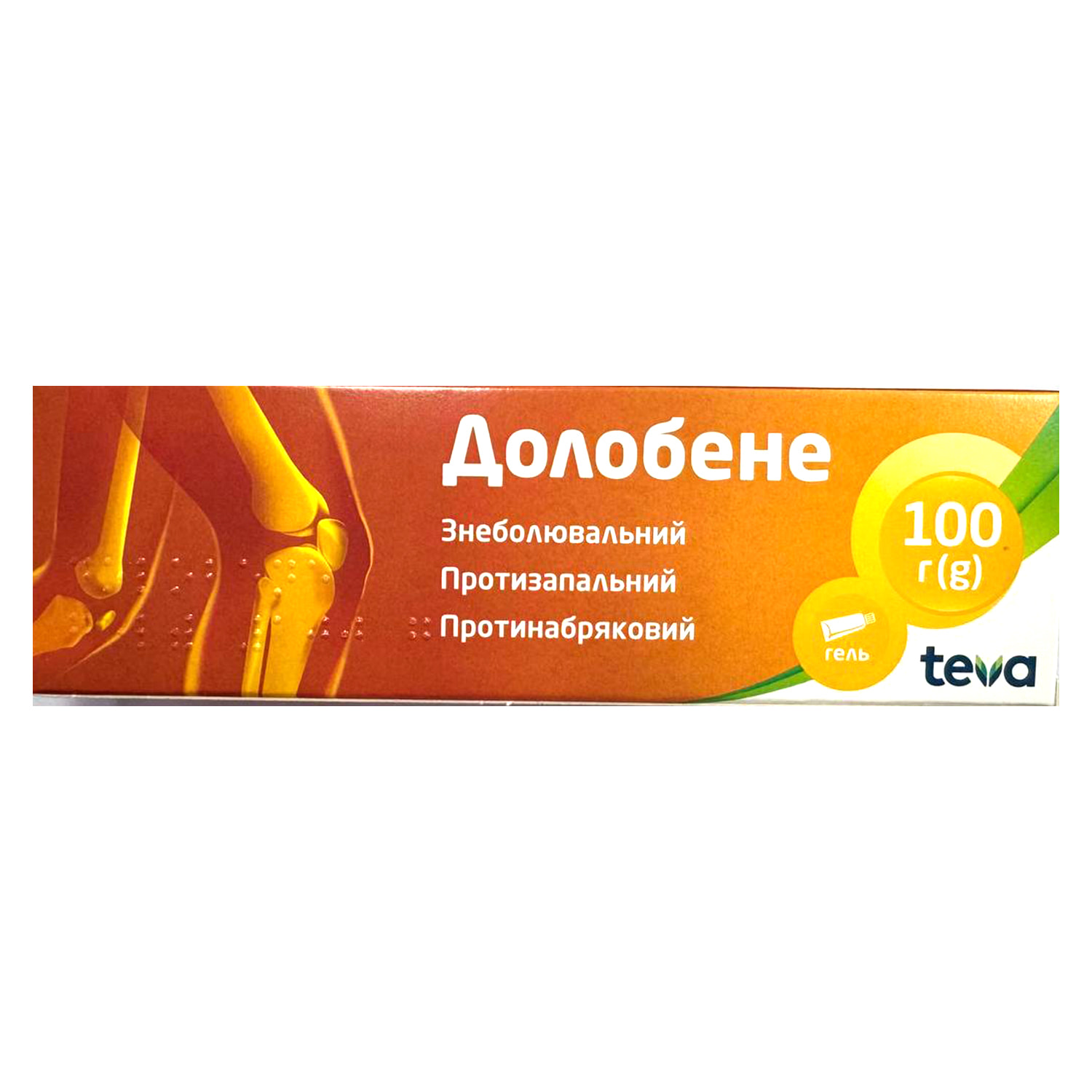

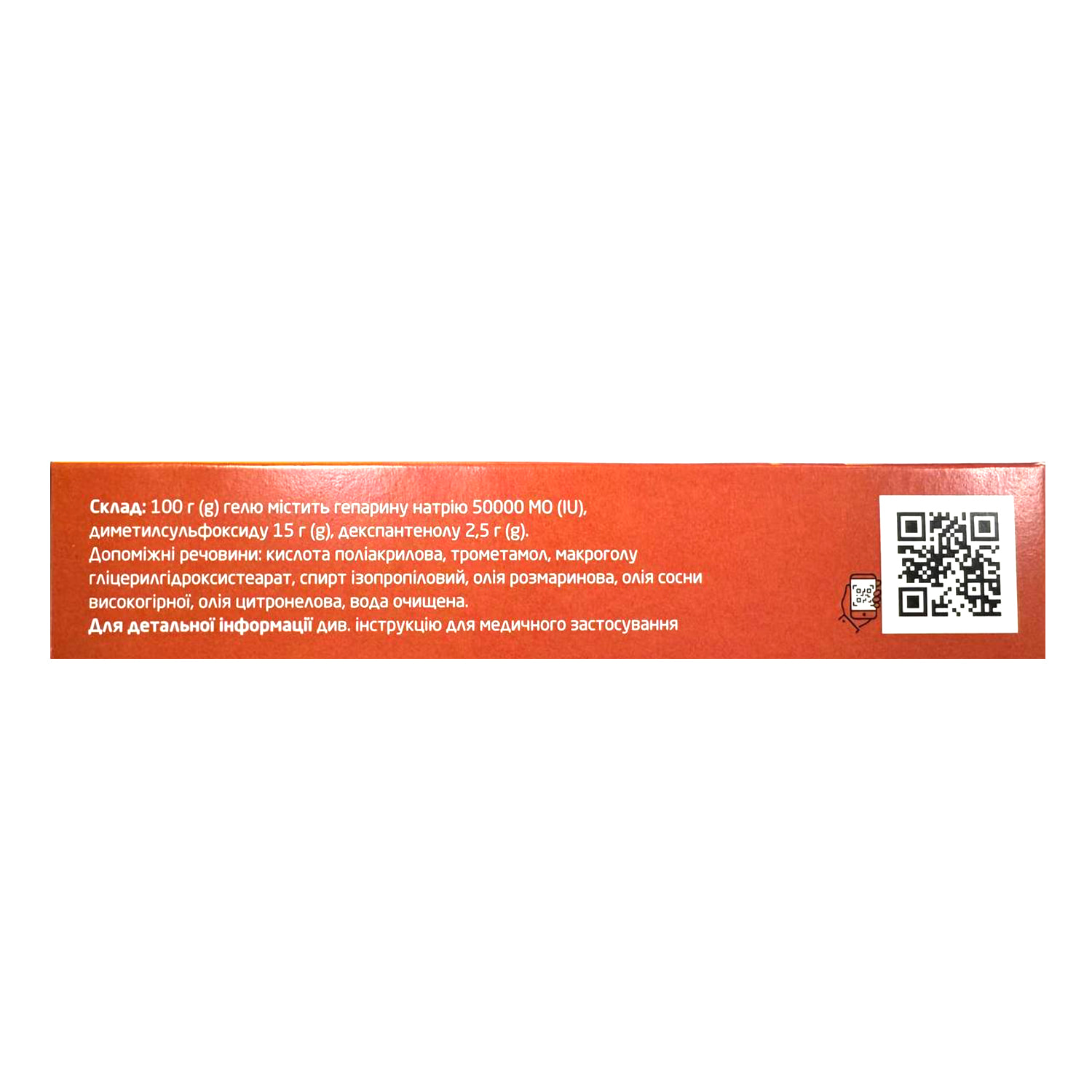
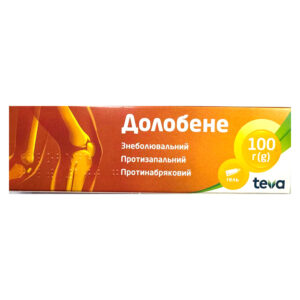
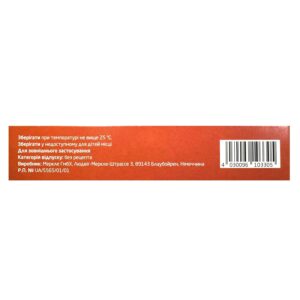
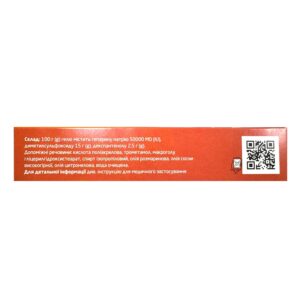
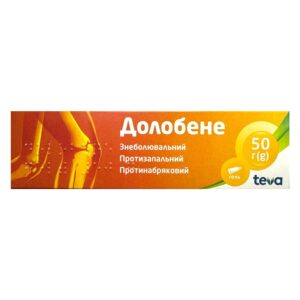
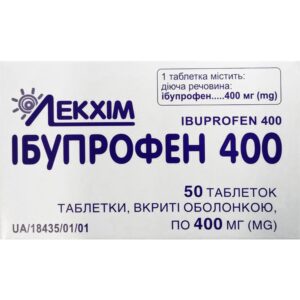
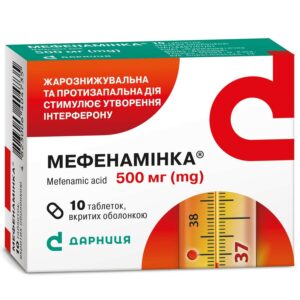
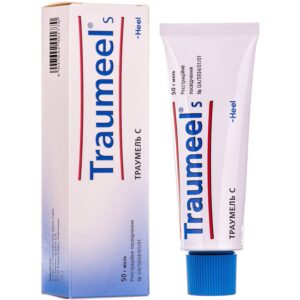
Reviews
There are no reviews yet.